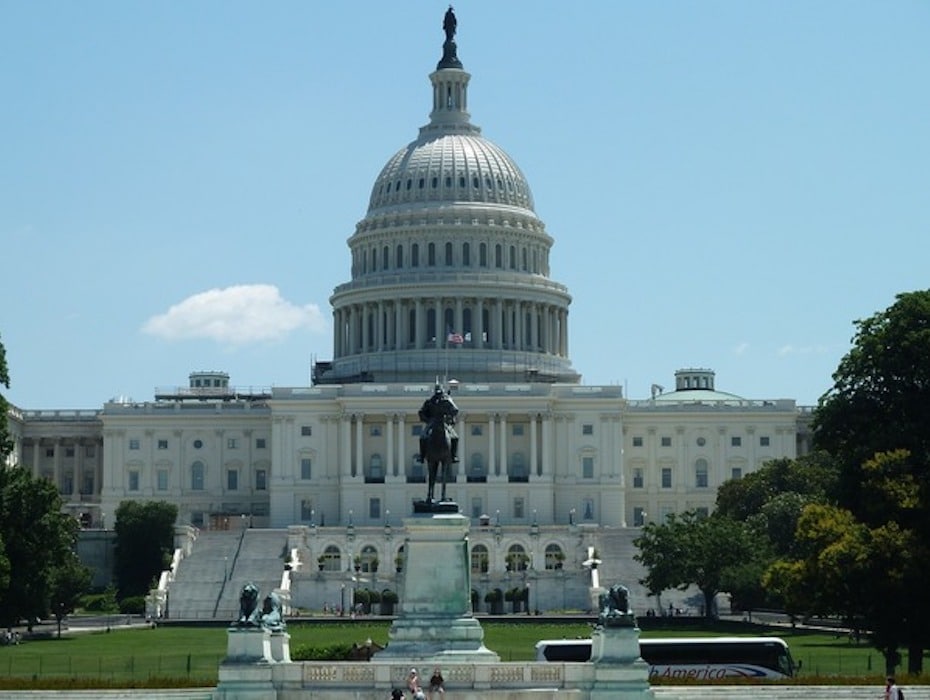Highlights:
- Due to the sheer volume of IT projects, government agencies may struggle to use all available funding prior to deadlines.
- Some funding deadlines have already passed, but there is still opportunity for government agencies to leverage funding options.
- One of the best investments agencies can make is to improve their communications systems to meet the current and future needs of citizens.
👀 Why do 63% of government leaders surveyed feel their internal communications initiatives are now very important? Grab our government research report to get some answers.
Rick Parrish of Forrester recently predicted that some federal COVID recovery funding will go unused in 2022 because of the massive number of IT projects currently in play. His comments should spark interest among governments that could use the money and don’t want to miss the funding deadline.
Steps for using government funding
The following is an overview of things to consider and steps to take if you want to use this government funding before time runs out.
CARES overview and deadlines
The Coronavirus Aid, Relief, and Economic Security (CARES) Act was the first major action taken by Congress to provide financial relief due to COVID. It was enacted in March 2020 and included a total of $150 billion in flexible funding for state and local governments.
The original deadline for incurred expenses eligible for CARES funds was December 30, 2020. However, this date was adjusted to December 31, 2021. Eligible expenses must have been incurred from March 1, 2020, through December 31, 2021, and not have been previously approved in the requesting jurisdiction’s budget as of March 27, 2020. In its most recent revised guidance, the Treasury indicated the deadline for recording expenses eligible for CARES funds is September 30, 2022.
ARP overview and deadlines
Congress passed the $350 billion American Rescue Plan (ARP) Act a year after CARES. Funds from this legislation were directed to specific types of state and local recovery activities. States were allocated $195.3 billion of this total for use in capital projects such as emergency relief and disaster recovery, small-business relief, homeowner assistance and health, education, and work.
The State Fiscal Recovery Fund extended the time period during which states could commit and then spend certain types of relief money. States must request the funds in line with various deadlines for each project type, obligate or commit the funds by 2024, and finally spend the money by 2026.

Key fund application deadlines
The specific fund categories established under ARP have their own unique deadlines for application and plan submissions. For instance, the $10 billion Capital Project Fund deadline for requests has passed for states and territories as of December 27, 2021. Those entities that requested funds have until September 24, 2022 to submit their grant plans. The Treasury has a “Sample Grant Plan” and other resources to aid in preparation and submission. Tribal governments have until June 1, 2022 to request funds.
Some deadlines have passed for requests related to the $10 billion State Small Business Credit Initiative. However, a number of other specific applications are still open, with deadlines ranging from February through July 2022.
Deadlines for Homeowner Assistance funds passed on April 25, 2021 and December 15, 2021 for state and Tribal governments, respectively.
| Fund Request Application Deadline | Requester | Fund Type |
| February 11, 2022 | States, territories, and Washington, DC (application materials) | State Small Business Credit Initiative (SSBCI) |
| March 11, 2022 | Municipalities located in states that do not apply for SSBCI (application forthcoming) | State Small Business Credit Initiative (SSBCI) |
| March 31, 2022 | States, territories, and Washington, DC (application forthcoming) | State Small Business Credit Initiative (SSBCI) |
| May 11, 2022 | Tribal governments (application materials) | State Small Business Credit Initiative (SSBCI) |
| June 1, 2022 | Tribal governments (application portal) | Capital Project Funds |
| July 11, 2022 | Tribal governments (application forthcoming) | State Small Business Credit Initiative (SSBCI) |
| September 30, 2022 | State, local and Tribal governments (Recording deadline) | CARES Fund |
Applying for funds
States and local jurisdictions can apply for ARP funds directly through the Treasury submission portal. Even if you applied for relief funds previously, you must do so again to access eligible funds according to the rules established for ARP money.
According to the Treasury website, the representative submitting your request must have the following information when applying:
- Jurisdiction name, taxpayer ID number, DUNS Number, and address
- Authorized representative name, title, and email
- Contact person name, title, phone, and email
- Funds transfer information, including recipient’s financial institution, address, phone, routing number, and account number
- Completed award terms and conditions (to be signed by the authorized representative)
More directions and details on application requirements are also available on the Treasury’s “Request Funding” page.
Why some governments haven’t requested funds
Most states have requested and spent some money from CARES or ARP. However, a lot of the money allocated to local, tribal, and state governments from ARP remains unused at this point.
In some cases, local and state governments may not realize all of the ways in which funds directed toward certain areas can be used. For instance, $10 billion from the Act was allocated for use in work, education, and health monitoring. Expansion of technological infrastructure to support a more remote workforce was one purpose of this money. In other cases, funding applications have closed for some government entities but not for others.
A number of states have used money from this capital project fund to expand broadband lines and access. Others have funded broadband vouchers to reduce costs of reliable internet for schools, hospitals, and small businesses. Some governments have invested in software programs and cyber-security upgrades as well. There is a lot of flexibility in how your local or state government can use these funds, as long as the intent is to support these most critical public and business sectors.

Use available funding for communications needs
If you recognize the time-sensitive opportunity for this government funding but aren’t sure how to use it, consider an upgrade to your communications systems. Many government offices have become much more hybrid in the wake of COVID, which means agents rely more on digital technology for communication.
RingCentral’s comprehensive cloud-based communication solution is a powerful platform that enables holistic communication across multiple channels. It helps eliminate bottlenecks by ensuring conversation histories are captured and accessible across all platforms. Your agents can deliver more citizen-centric services working from anywhere.
See our government solutions to learn how your agency can use COVID funding to upgrade your communications!
Originally published Feb 22, 2022, updated Jul 26, 2024




